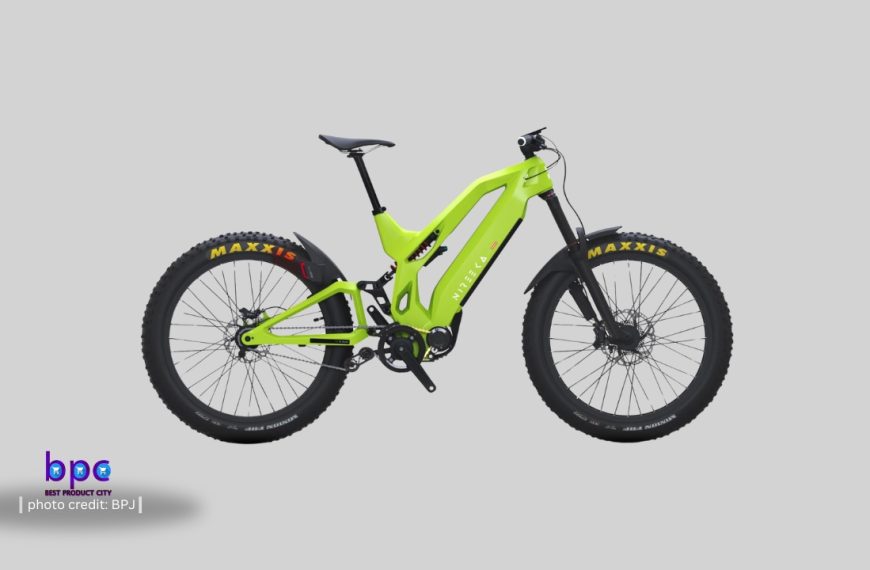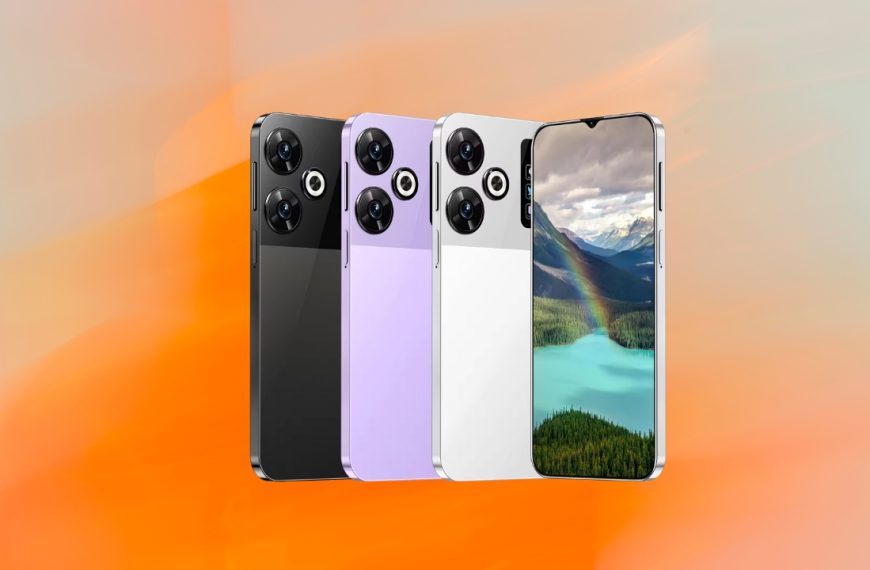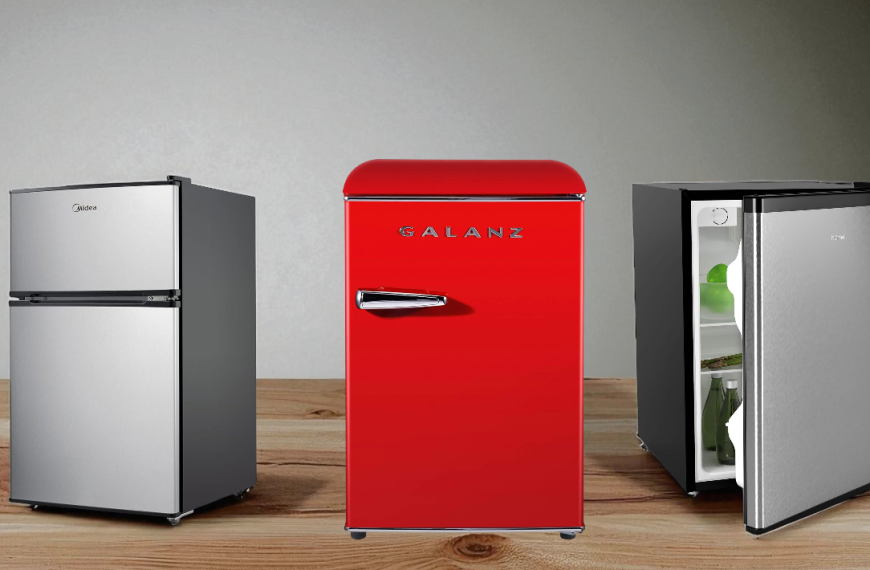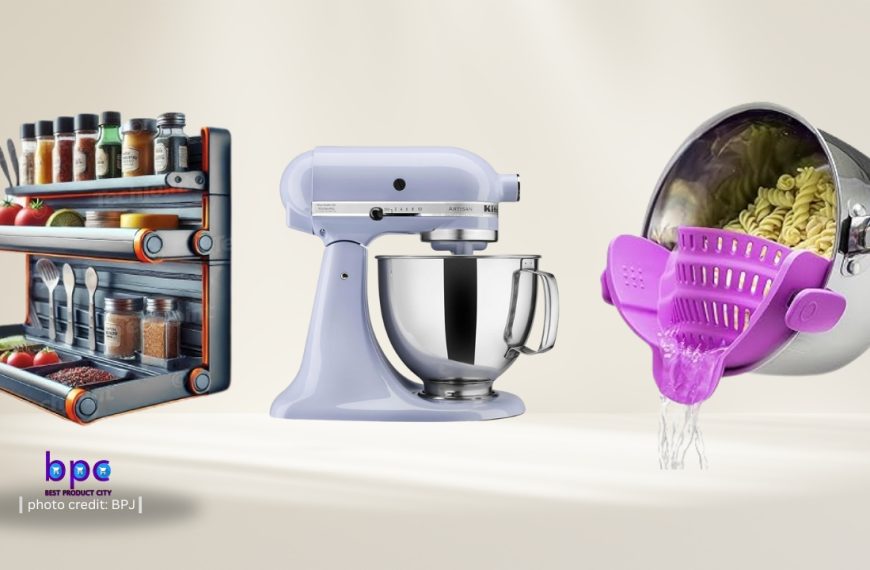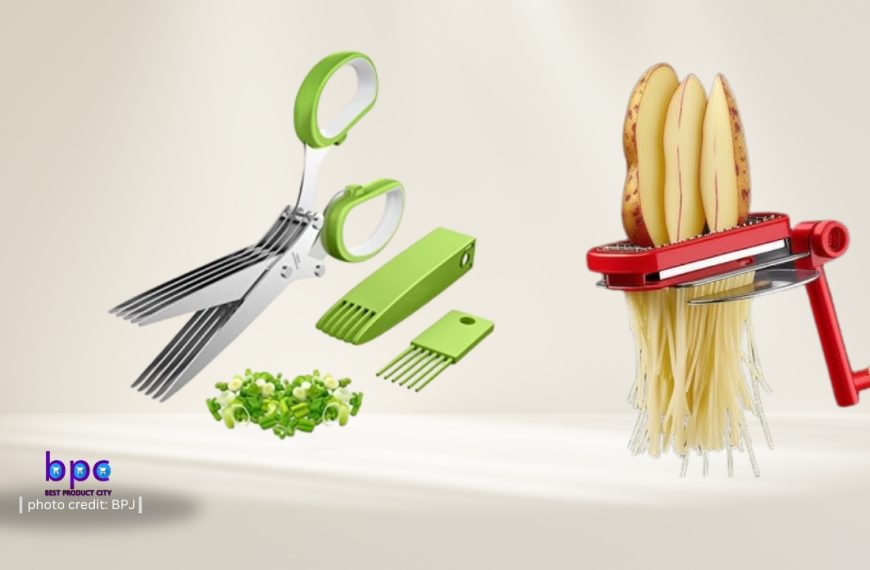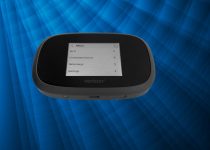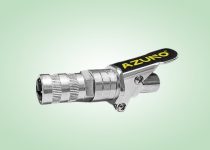10 New Electric Mountain Bikes That Are INSANE
Prepare to redefine your ride. The next generation of electric mountain bikes is here, blending raw power and groundbreaking technology to conquer any terrain with ease. From agile trail machines to full-power beasts, we’ve curated the ultimate list of the top 10 EMTBs set to dominate the trails. Choosing an electric mountain bike, or eMTB, can feel overwhelming with all the options out there. This guide breaks down the key factors to help you find the perfect bike for your needs.
A Beginner’s Guide to Buying an Electric Mountain Bike
Choosing an electric mountain bike, or eMTB, can feel overwhelming with all the options out there. This guide breaks down the key factors to help you find the perfect bike for your needs.
- Your Riding Style and Suspension Travel
The type of terrain you plan to ride most often is the biggest factor in choosing your bike’s suspension travel—the amount the suspension can compress to absorb impacts.
Trail Riding (130-150mm): These are the most common and versatile eMTBs. They are perfect for a mix of cross-country, singletrack, and general trail riding, balancing climbing efficiency with downhill performance.
Enduro/Gravity (160mm+): If you’re focused on aggressive downhill riding, big jumps, and steep, technical trails, you’ll need more suspension travel to absorb big impacts and maintain stability at high speeds.
- Motor and Battery
The motor and battery are the heart of an eMTB, determining its power and range.
Motor Power (Torque): Measured in Newton-meters (Nm), this is a measure of the motor’s power output. Higher torque means more powerful assistance, especially on steep climbs.
Lightweight Motors (60 Nm): Found on bikes designed for a more natural, subtle boost and a traditional feel.
Full-Power Motors (85-90 Nm): The most common motors on the market. They deliver a powerful, consistent push to help you conquer even the steepest climbs.
Battery Capacity (Watt-hours): Measured in Watt-hours (Wh), this determines the bike’s range. The larger the number, the longer you can ride on a single charge.
Standard (500-600 Wh): Good for most trail rides.
High-Capacity (700-750 Wh+): Ideal for all-day rides or for riders who want to use a higher power setting for longer.
- Frame Material
The material a bike is made of affects its weight, durability, and cost.
Carbon Fiber: Lighter, stronger, and more expensive than aluminum. Carbon frames allow for complex shapes that provide both stiffness and compliance.
Aluminum: More affordable and durable than carbon, aluminum is an excellent choice if you’re on a budget or prioritize toughness.
- Wheels and Geometry
The bike’s wheel size and geometry dictate its handling.
Mixed-Wheel (“Mullet”): A common setup on gravity-oriented bikes, this combines a larger 29-inch wheel in the front for better roll-over capability and a smaller 27.5-inch wheel in the rear for added agility.
Full 29-inch: This setup provides maximum stability and momentum over obstacles, making for a smooth and predictable ride.
Geometry: The bike’s angles affect its handling. A slacker head angle is better for descending, while a steeper one is better for climbing.
- Essential Components
Drivetrain: Look for a reliable and smooth-shifting drivetrain from brands like SRAM and Shimano. Wireless electronic shifting is common on high-end models.
Brakes: Given the added weight and speed of eMTBs, powerful hydraulic disc brakes with large rotors are essential for safety.
Frequently Asked Questions (FAQs)
Q: Do I still have to pedal an eMTB?
A: Yes, eMTBs are pedal-assist. The motor only provides power when you are pedaling, amplifying your effort.
Q: How fast can an eMTB go?
A: Most eMTBs are regulated to provide assistance up to a certain speed, typically 20 mph (32 km/h) in the U.S. and 15.5 mph (25 km/h) in Europe. You can pedal faster, but the motor will stop assisting.
Q: What’s the difference between a mid-drive motor and a hub motor?
A: All of the bikes on this list use a mid-drive motor, which is located at the crankset. This is the standard for eMTBs because it provides better weight distribution and more efficient power delivery. A hub motor is located in the rear wheel and is less common on high-performance eMTBs.
Q: Are eMTBs heavier than traditional mountain bikes?
A: Yes, due to the motor and battery, eMTBs are significantly heavier. This added weight is offset by the power of the motor, which makes climbing and acceleration feel effortless.
